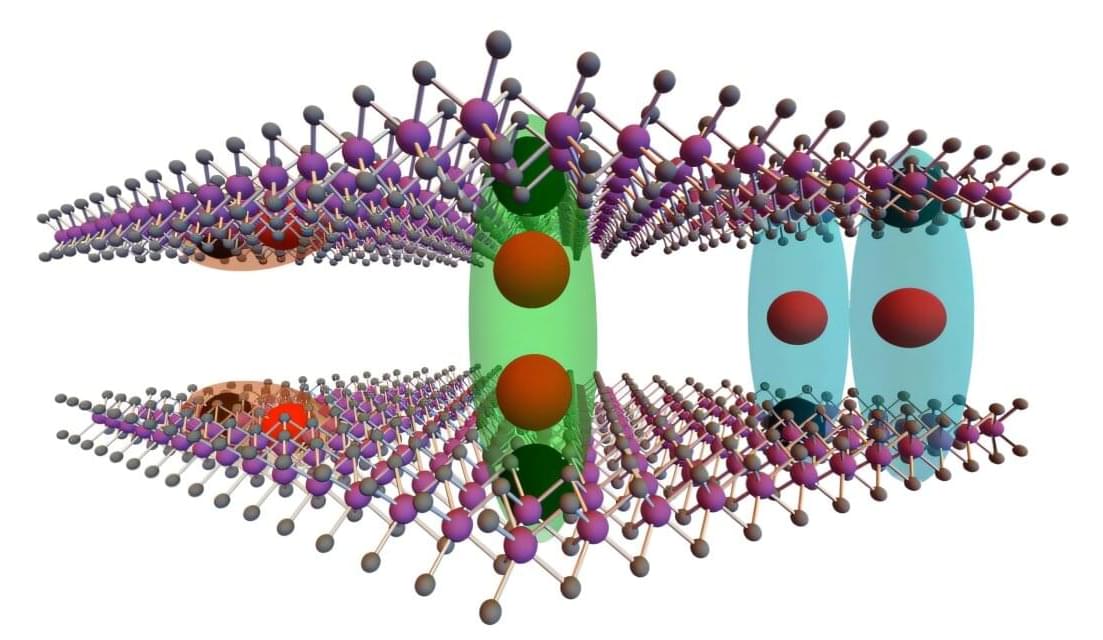Two-dimensional (2D) materials have proved to be a promising platform for studying exotic quasiparticles, such as excitons. Excitons are bound states that emerge when an electron in a material absorbs energy and rises to a higher energy level, leaving a hole (i.e., the absence of an electron) at the site that it used to occupy.
Researchers at Heriot-Watt University and other institutes recently observed two distinct exciton states in bilayer molybdenum diselenide (MoSe₂) with a 2H-stacked configuration, which involves the alignment of two monolayers with a characteristic rotational symmetry. Their paper, published in Physical Review Letters, reports the observation of one of these states known as quadrupolar excitons in 2H-MoSe₂
“Our work was inspired by the ongoing effort to explore and control excitonic phenomena in atomically thin semiconductor materials, which are rich platforms for studying complex quantum states,” Mauro Brotons-Gisbert, senior author of the paper, told Phys.org. “In particular, bilayer transition metal dichalcogenides (TMDs) like MoSe₂ naturally host interlayer excitons with a dipolar character— bound states of electrons and holes residing in adjacent layers.”
